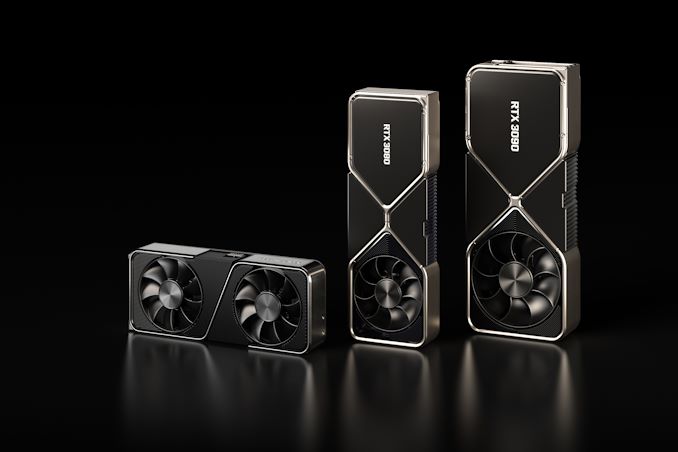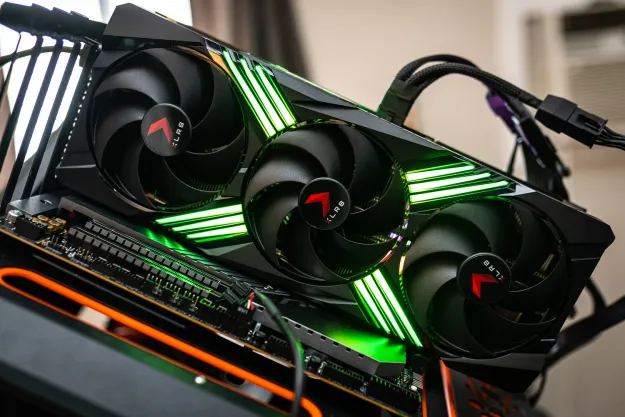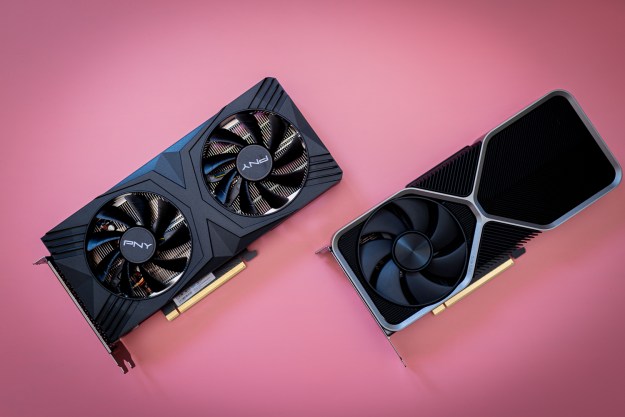More information deriving from the recent Nvidia cyber breach has started to emerge, which reportedly reveals details pertaining to the company’s upcoming GPUs.
Nvidia has also publicly acknowledged the cybersecurity incident, confirming that “proprietary information” has indeed been leaked online.

As reported by VideoCardz, an individual sent several pictures detailing the Ada, Hopper, and Blackwell GPU architectures. These codenames have all been previously reported to represent Nvidia’s next-generation graphics cards for both gaming and data centers.
The source of the pictures has yet to be verified, but it’s likely that the person who sent them found them from the 1TB hack. That’s an absolutely enormous amount of data, so leaks from the breach will naturally begin to appear online. Lending credence to the validity of this particular leak is Nvidia’s admission that “proprietary information from our systems” was taken by hackers and the fact that they have “begun leaking it online.”
In any case, this specific leak appears to confirm that Ada is indeed the successor to the current-generation Ampere architecture that powers Nvidia GPUs. AD102, AD103, AD104, AD106, AD107, and AD10B were all mentioned. However, the exact configurations of those upcoming GPUs have yet to be revealed.
Anticipation is mounting for the Ada-based GeForce RTX 40-series video cards. Although they may share similarities with the current Ampere architecture, they’re still set to offer notable performance upgrades. Specifically, it will reportedly double the teraflops (TFLOPS) count of the 3090 Ti.
Elsewhere, another screenshot shared with VideoCardz seemingly confirms that Hopper will be the name behind next-gen GPUs powering data centers, with two models, GH100 and GH202, cited within the data. Meanwhile, another purported codename for Nvidia’s accelerated computing boards, Blackwell, was listed alongside the reference of two versions: GB100 and GB102.
Finally, Nvidia has confirmed its security systems were infiltrated in a statement, as reported by VideoCardz:
“On February 23, 2022, NVIDIA became aware of a cybersecurity incident which impacted IT resources. Shortly after discovering the incident, we further hardened our network, engaged cybersecurity incident response experts, and notified law enforcement.
We have no evidence of ransomware being deployed on the NVIDIA environment or that this is related to the Russia-Ukraine conflict. However, we are aware that the threat actor took employee credentials and some NVIDIA proprietary information from our systems and has begun leaking it online. Our team is working to analyze that information. We do not anticipate any disruption to our business or our ability to serve our customers as a result of the incident.
Security is a continuous process that we take very seriously at NVIDIA – and we invest in the protection and quality of our code and products daily.”
The implications of this unprecedented hack are far-ranging. As mentioned, the amount of data stolen is a hefty 1TB. LOPSUS$, the group claiming to be responsible for the attack, stated it extracted the “most important stuff,” ranging from documentation, private tools, schematics, drivers, firmware, and more. Despite Nvidia’s purported revenge in the form of its own hack, South American-based LOPSUS$ stressed that it created a backup.
LOPSUS$ commenced its leak yesterday, which has obviously resulted in today’s story about Team Green’s GPU plans. Looking ahead, the hacking group alleges that it has obtained the algorithm behind Nvidia’s crypto mining limiter for its 30-series graphics cards. The group demands the company remove all existing light hash rate limitations, or it will release folders containing sensitive data it has in its possession.
Editors' Recommendations
- Nvidia RTX 50-series graphics cards: news, release date, price, and more
- Nvidia just made GeForce Now so much better
- How to watch Nvidia’s launch of the RTX 4000 Super today
- Nvidia’s new GPUs could be right around the corner
- Nvidia’s next GPU might follow Apple’s lead — and not in a good way





